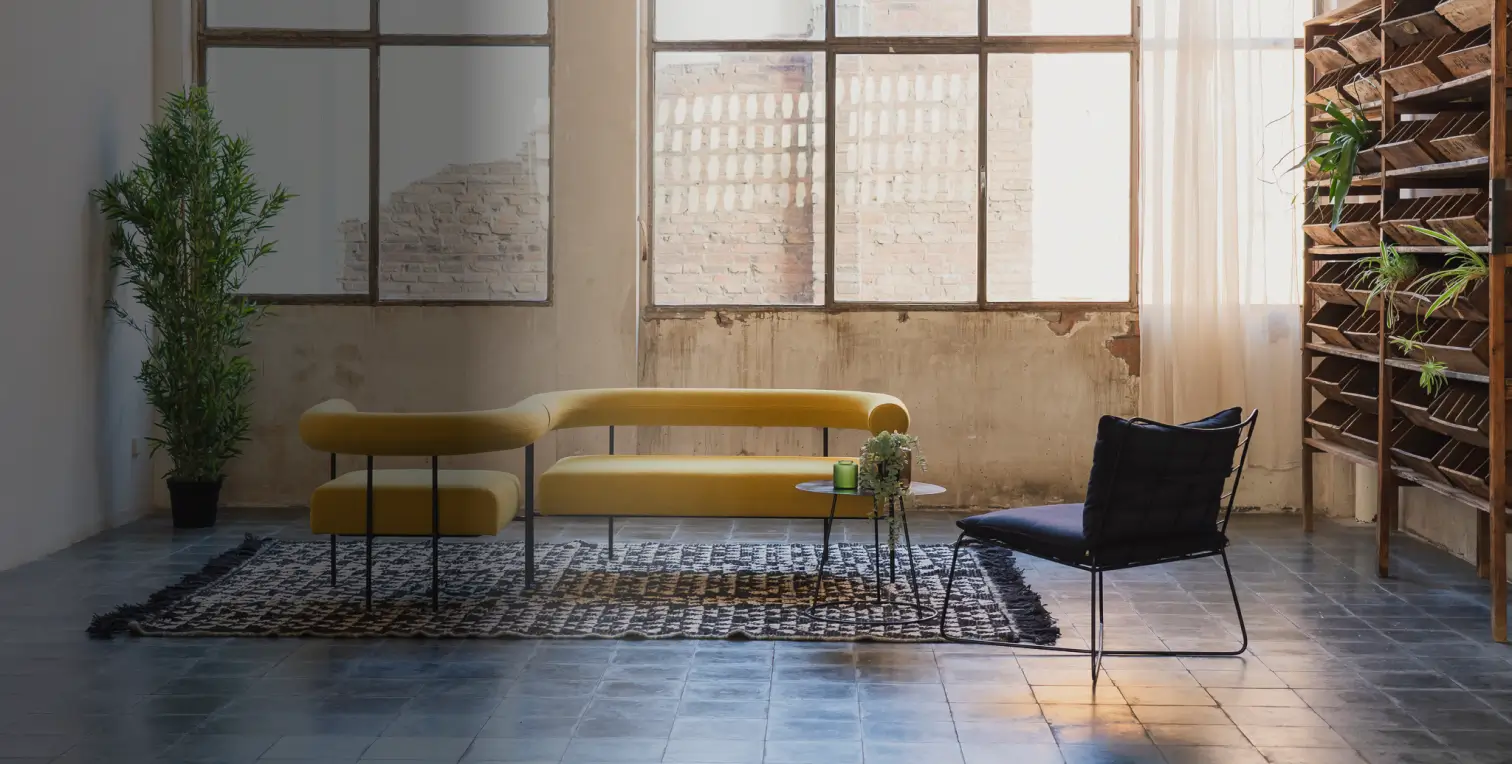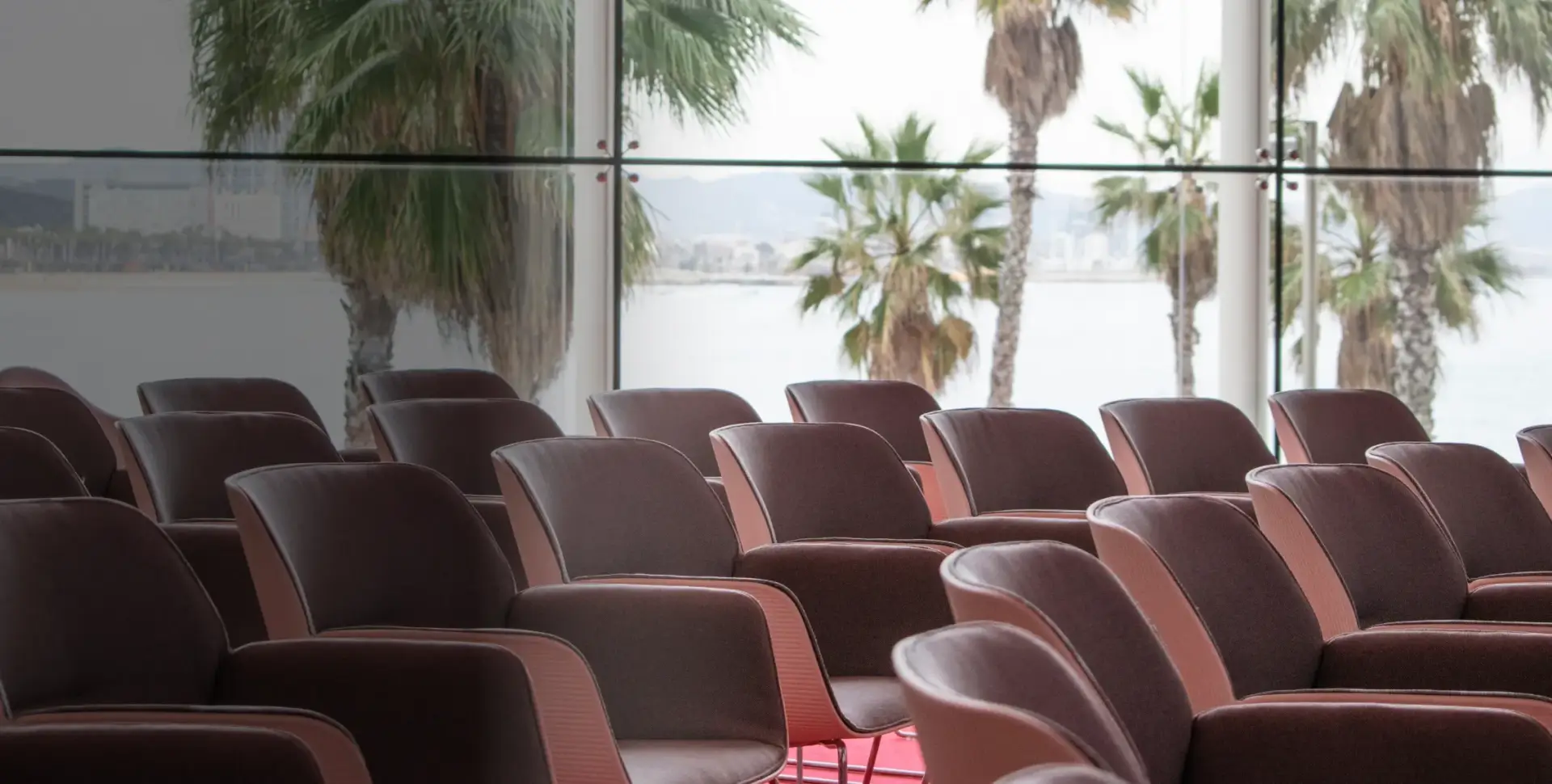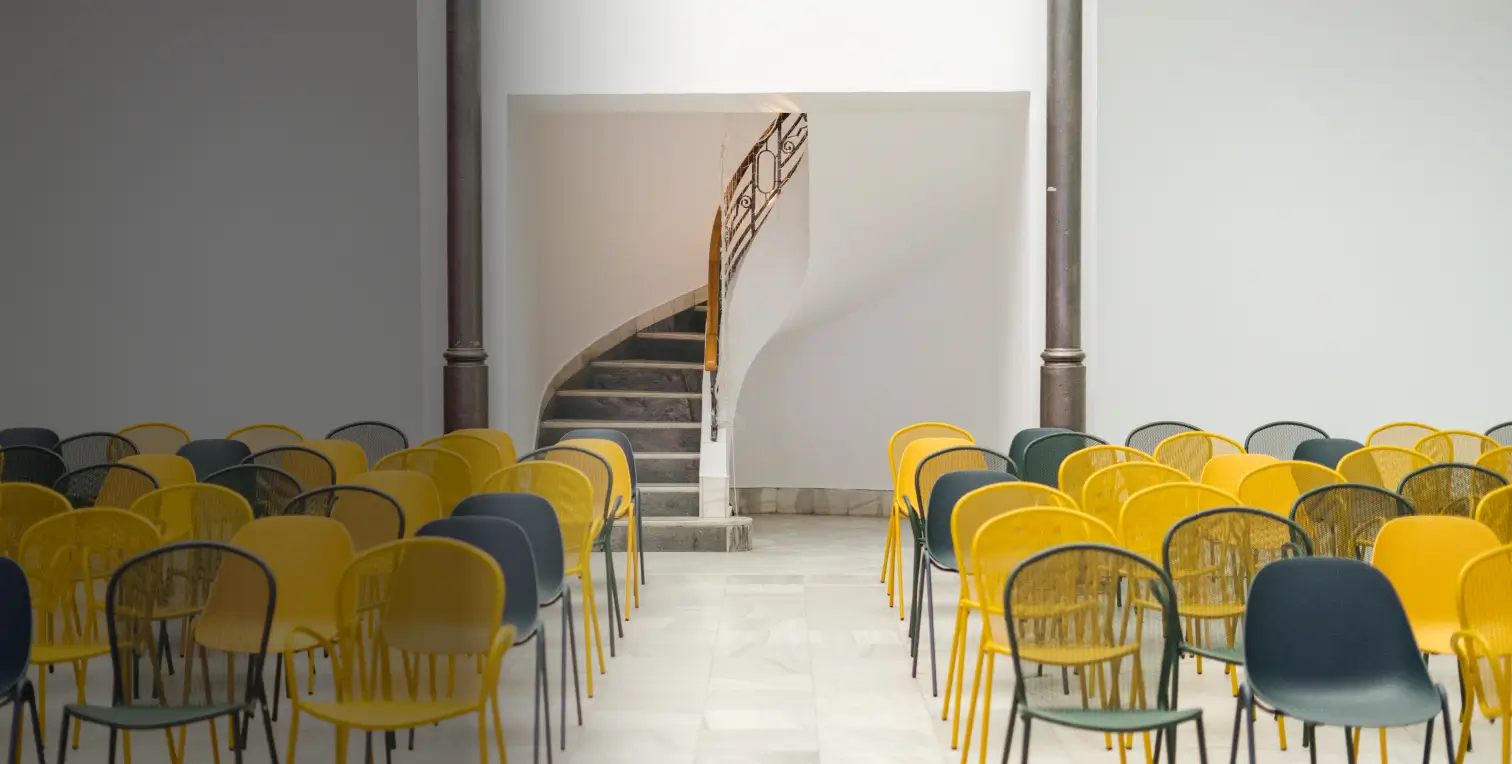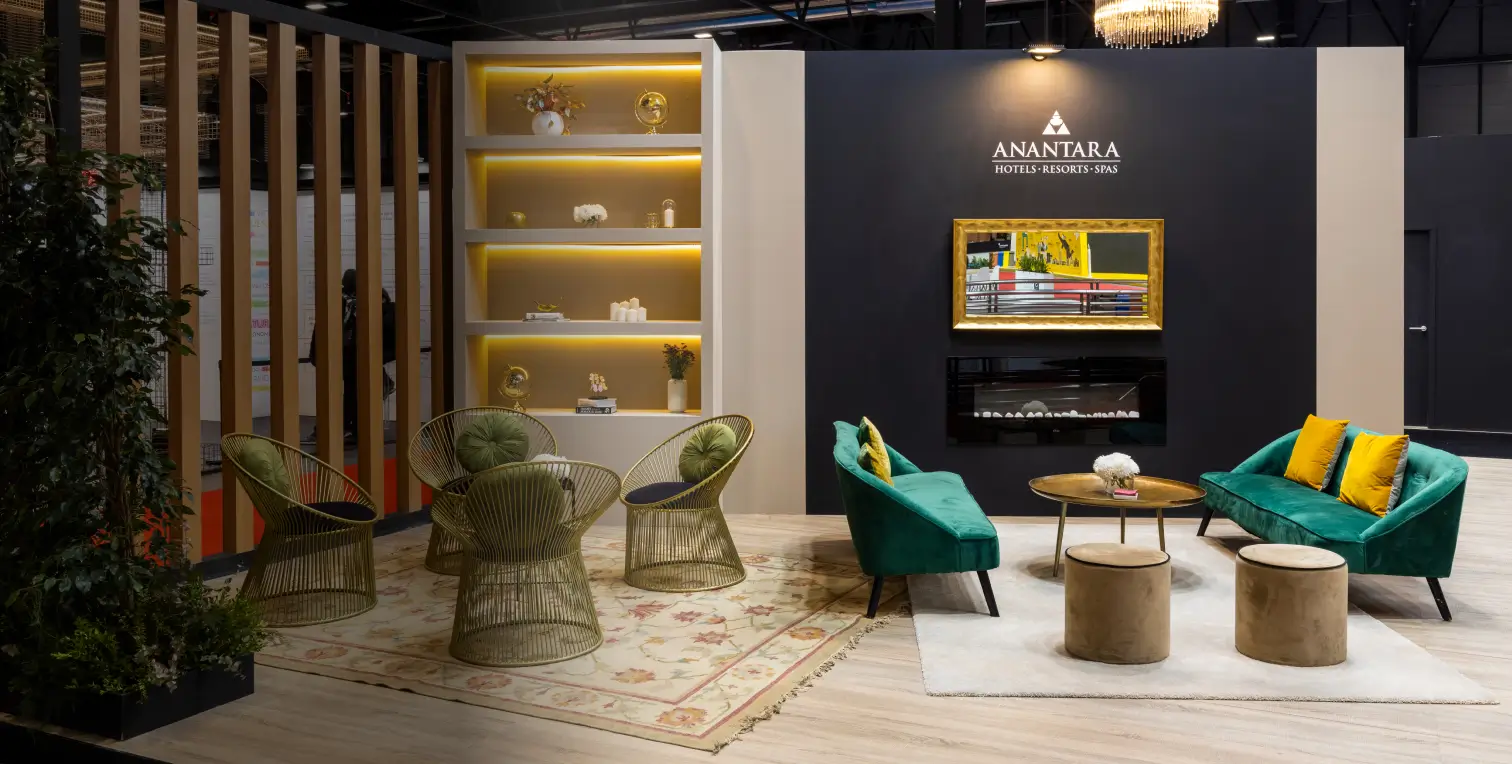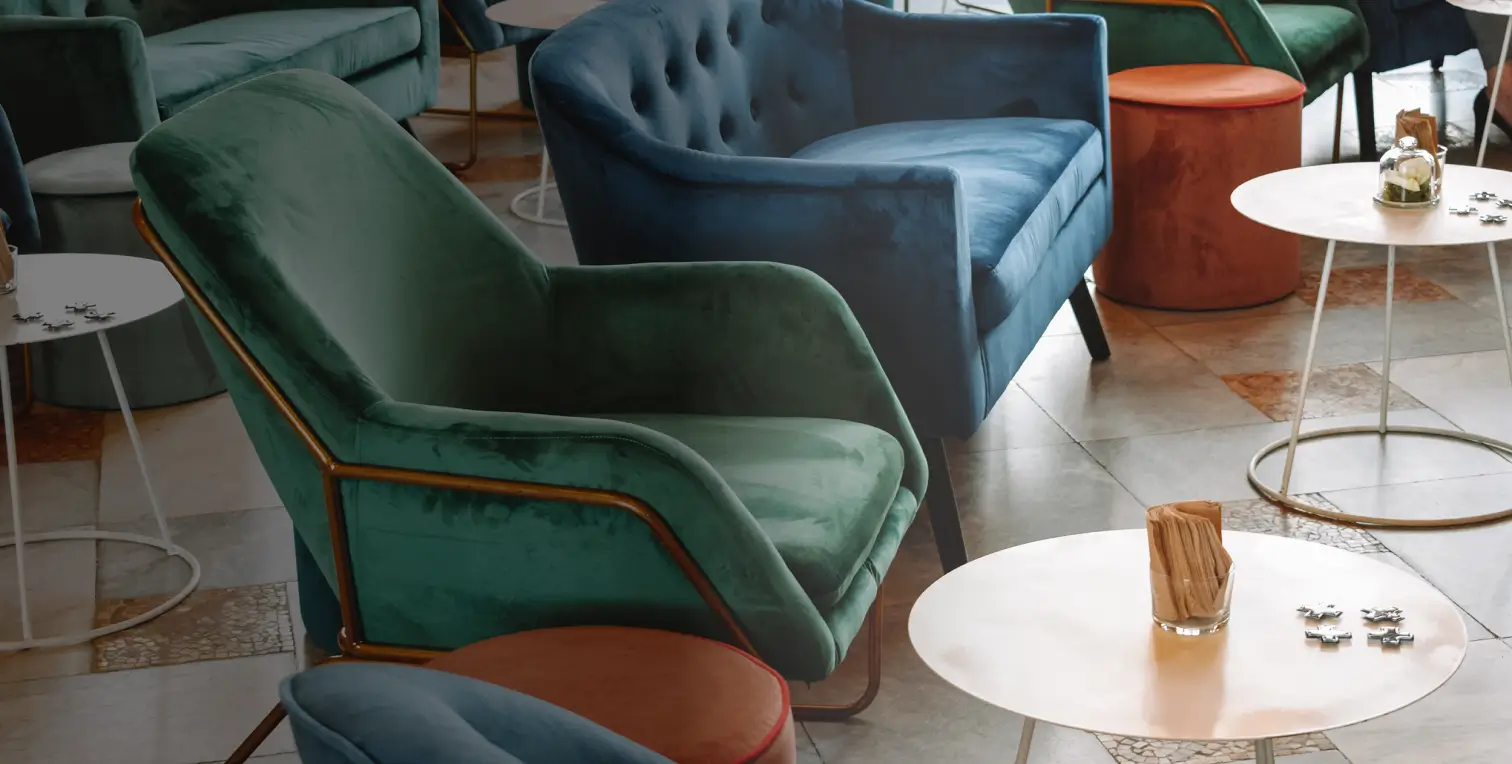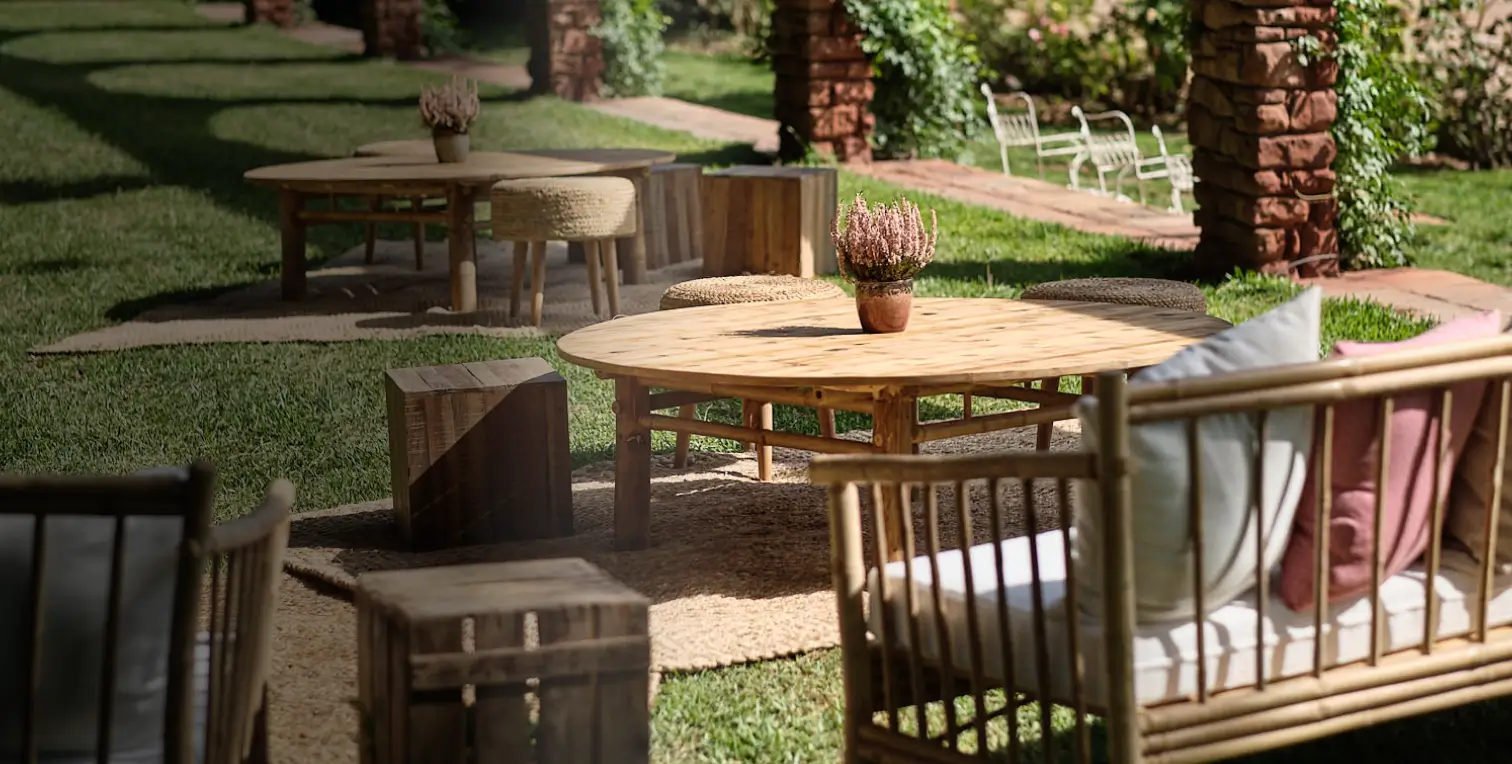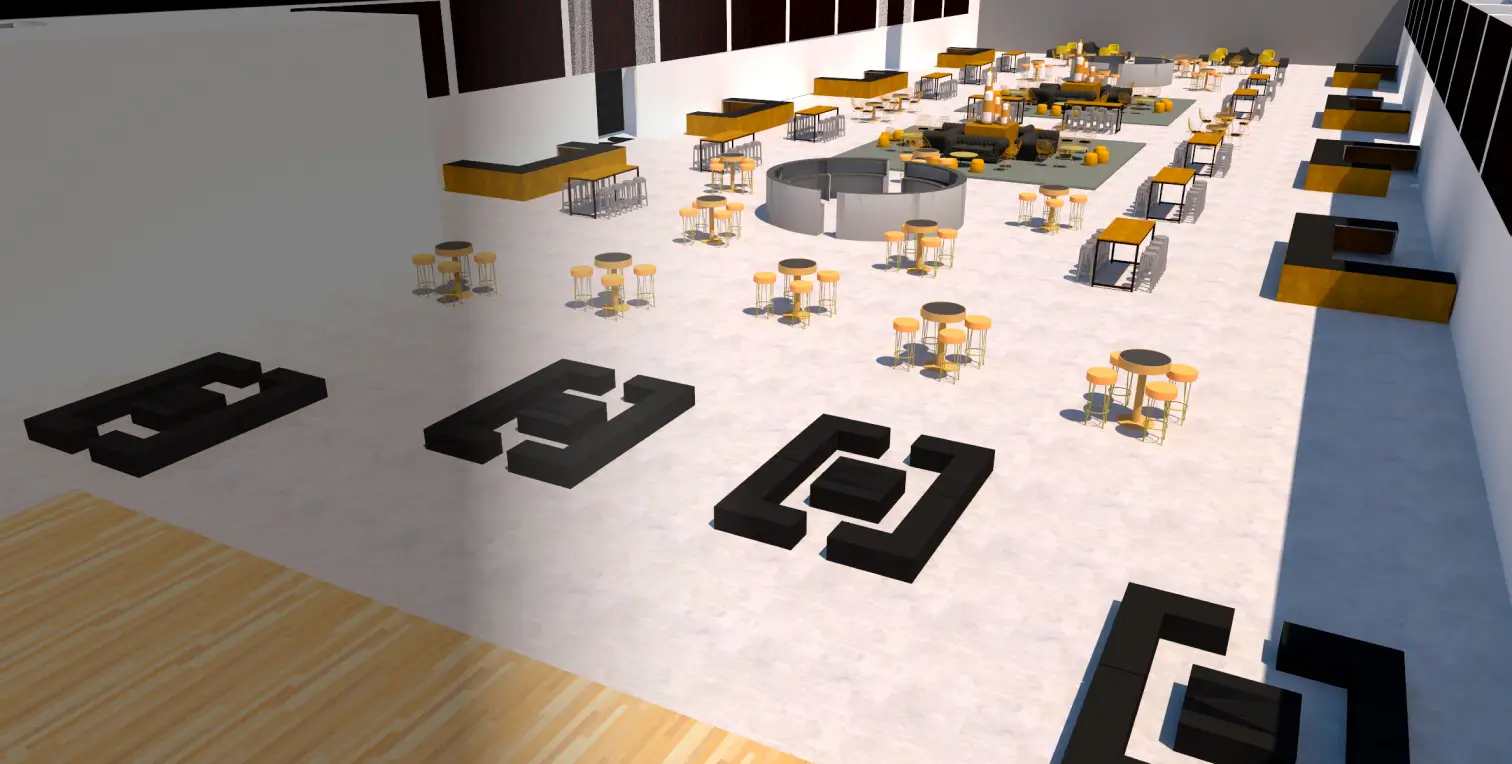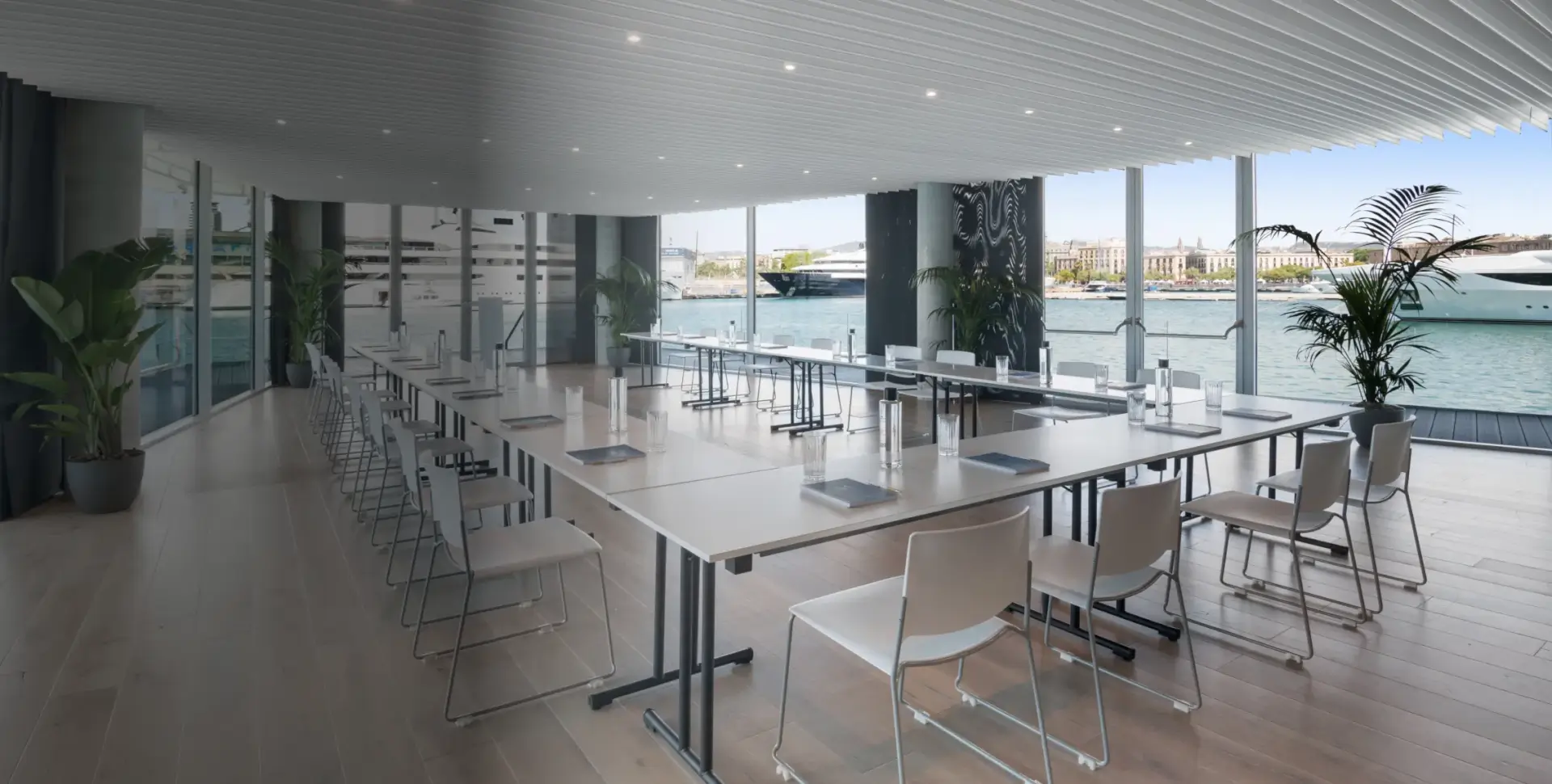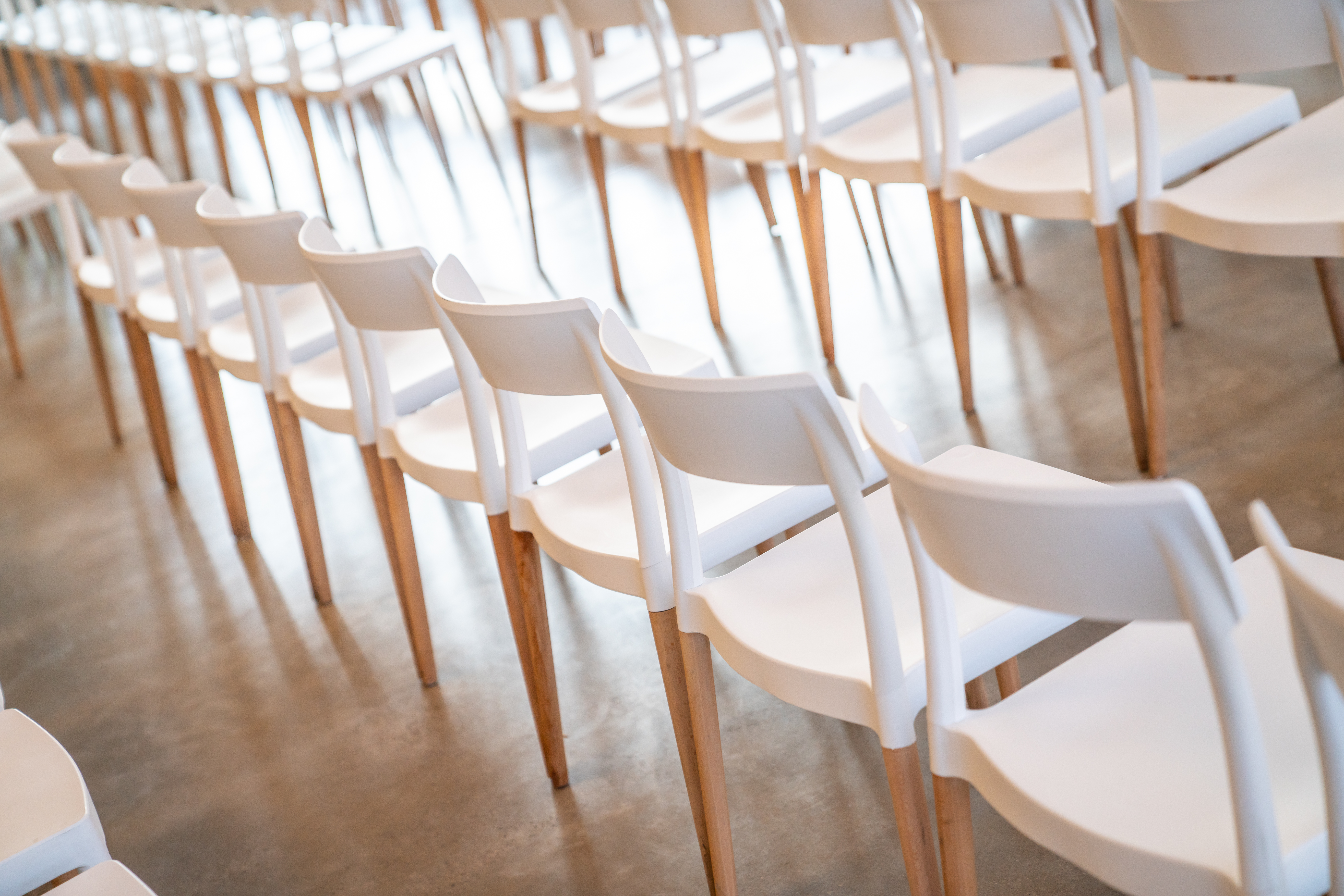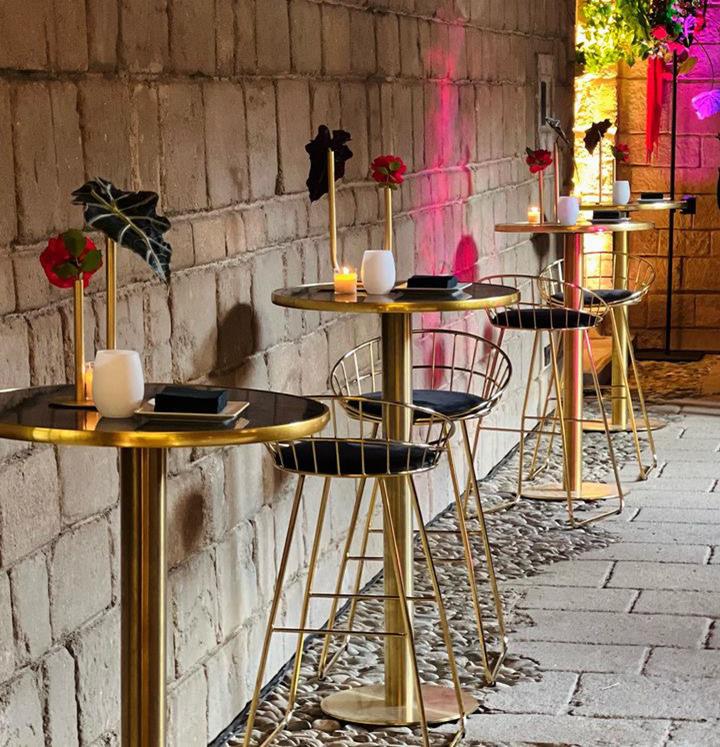Home / Events / Spain and International / 5 Keys to Creating an Attractive Networking Space at Your Next Event
5 Keys to Creating an Attractive Networking Space at Your Next Event
Networking spaces are the heart of many corporate events. They are where opportunities arise, valuable connections are made, and long-term collaborations are born. But for them to work, it’s not enough to simply mark them on a map — they must be intentionally designed.
We invite you to discover how to design networking spaces at events that truly encourage interaction. From choosing the right furniture to planning the layout, every decision matters.
Define the Purpose of the Networking Space
Before selecting furniture or decor, it’s essential to define the type of networking you want to promote: More informal and relaxed? Aimed at quick meetings? Designed for large groups or one-on-one conversations?
Common types of networking:
- Spontaneous: Casual encounters between attendees during breaks.
- Scheduled: Pre-arranged meetings or appointments.
- Thematic: Areas divided by interests, sectors, or experience levels.
Tailoring the space design to your networking goals is the first step to ensuring success.
Choose the Right Furniture to Encourage Interaction
Furniture at corporate events directly influences how people behave in a space. Choosing versatile, comfortable, and functional pieces is key to encouraging engagement.
Recommended furniture for networking areas:
- High tables: Perfect for quick and agile meetups, promoting spontaneous interaction without requiring long stays.
- Stools: Provide comfort while maintaining the movement-friendly dynamics of networking zones.
- Sofas and armchairs: Ideal for longer, more relaxed conversations, offering comfort and a welcoming, informal atmosphere.
- Side tables: Useful for placing drinks, business cards, or electronic devices, facilitating interaction with ease.
- Screens or dividers: Help create micro-environments within the space, reducing both visual and auditory noise, and improving focus and privacy.
Renting furniture for corporate events allows you to adapt each space without compromising budget or logistics.
Design a Layout That Supports Natural Flow
The layout should allow smooth circulation and prevent crowding. A well-designed space creates visually connected but clearly defined zones.
Layout tips:
- Create “islands” with different furniture types to suit diverse preferences.
- Leave wide walkways to ease movement between areas.
- Include clear signage to help attendees easily identify networking zones.
For large events, consider placing multiple networking areas strategically.
Create a Welcoming and Professional Atmosphere
A well-designed environment invites attendees to stay and engage. Beyond the furniture, lighting, decor, and small details all play a role.
Key elements:
- Warm and focused lighting over tables or lounge areas.
- Natural plants to humanize the space and improve acoustics.
- Rugs or carpets to define zones and reduce noise.
- Functional accessories such as chargers, outlets, or interactive whiteboards.
An attractive space enhances the attendee experience and reinforces the host company’s brand image.
Offer Complementary Services That Encourage Connection
Networking spaces should be comfortable — but they should also offer reasons to stay. Adding services and interactive elements can drive participation.
Effective ideas:
- Coffee corners or light drink bars within the networking area.
- Branded photo booths to generate social content and break the ice.
- Moderated activities or quick games to stimulate initial contact.
- Matchmaking areas for meetings based on shared interests.
Effective networking doesn’t happen by chance — it’s strategically and empathetically designed.
Benefits of Renting Furniture for Corporate Events
Renting furniture for corporate events offers multiple advantages over buying or using generic furniture:
- Flexibility to adapt to each type of event or venue.
- Access to modern, well-maintained furniture.
- Savings on transport, setup, and storage.
- Professional advice on furniture selection and layout.
It also allows for more sustainable and brand-consistent solutions.
Practical Example: Networking Area at an Innovation Conference
Context: Two-day event at a convention center.
Objective: Facilitate connections between startups and potential investors.
Applied solution:
- Lounge areas with modular sofas and low tables for longer meetings.
- High tables with stools for quick encounters.
- Integrated coffee corners with side furniture.
- Visual dividers with digital information screens.
- Clear signage, ambient lighting, and greenery.
The result was a highly visited networking area with positive feedback from both attendees and sponsors.
Design Your Networking Spaces at Events
Designing networking spaces requires strategy, design, and experience.
The right use of networking furniture, combined with a smart layout and welcoming atmosphere, can transform a simple transition area into a true hub of opportunity.
Investing in a well-planned networking space not only enhances the attendee experience — it boosts the overall success of your event.
Planning your next corporate event? Consider these keys and trust in event furniture rental to create spaces where professional relationships flow naturally.
